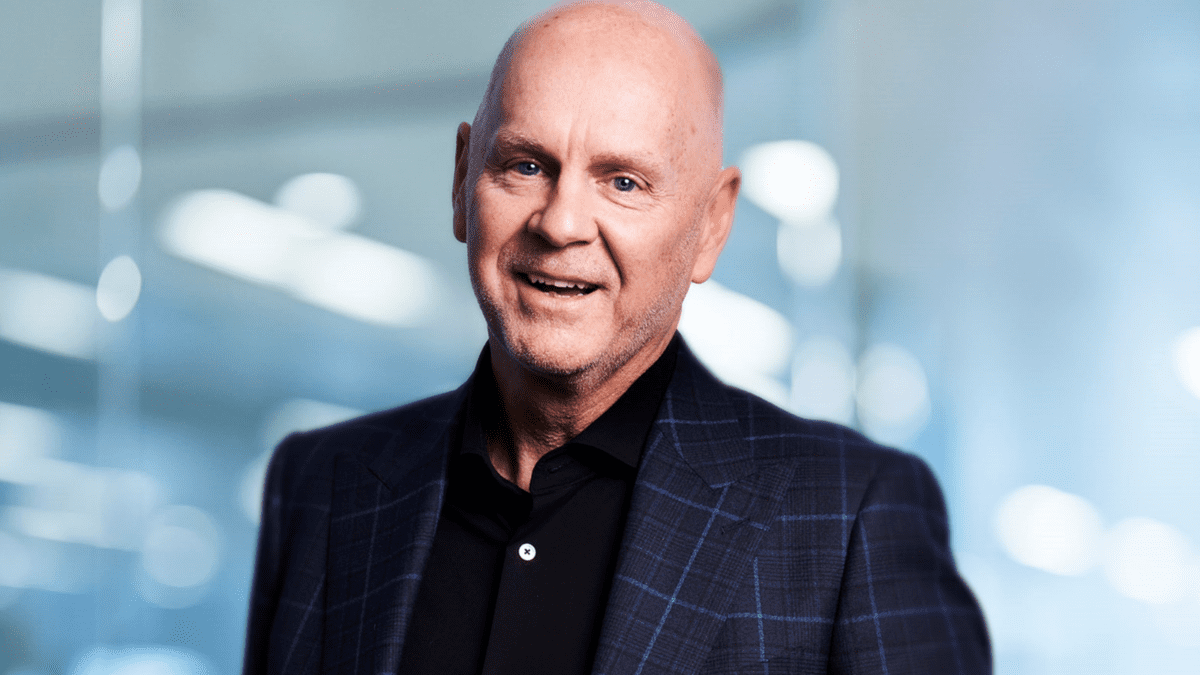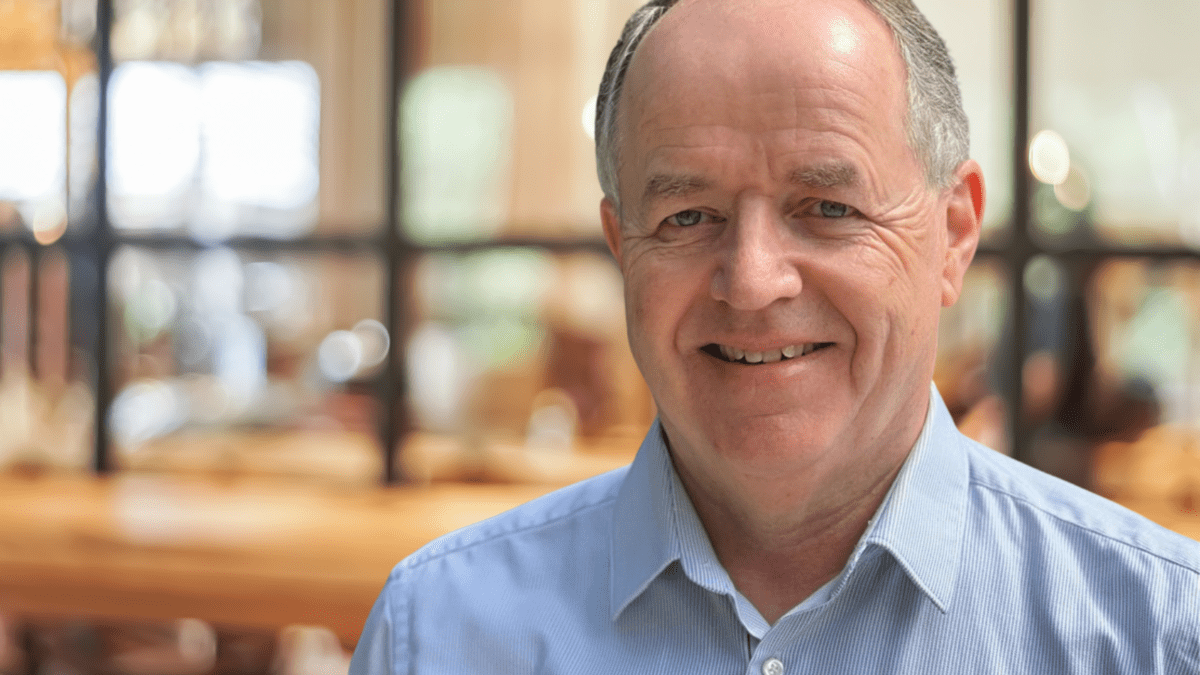FPA/AFA cultural divide ‘more perception than reality’: Abood
Chief executives at the Financial Planning Association (FPA) and the Association of Financial Advisers (AFA) believe the cultural divide between the two membership bases has narrowed over the years and won’t present a barrier to a proposed merger.
The two groups announced an ‘in principle’ agreement to explore the merger last week, with the goal of creating a unified voice in the profession. A 40 per cent reduction in adviser numbers since 2018 also played a role, as did the impending Quality of Advice Review.
When members vote on the proposed union – 75 per cent must agree – the chance at consolidated representation in Canberra will be a driving factor. Disparate advocacy for advice has become a stark issue in the past five years as the FASEA era, the royal commission and the adviser exodus highlighted the need for consistent and unified messaging.
In previous years, however, the idea of a merger has stuck on – among other things – the cultural differences between the two groups.
The AFA has a richer history, being born out of the life insurance sector that spawned the financial advice industry, while the FPA – traditional seen as the home of institutional advisers – has become a more broad-based association led by its Certified Financial Planner designation, which has global backing.
While there have always been more similarities than differences between the two groups, a tribal element existed. When asked about a possible merger last year, ex-FPA CEO Dante De Gori called unification a “difficult” task. “There’s always going to be differences and nuances in terms of what each of us all need and want,” he added.
No profound differences
According to current CEO Sarah Abood, however, the divide between the two groups is “overstated”.
Both memberships have evolved substantially over the years, Abood tells The Inside Adviser, with the notion of two competing clans “more perception than reality”.
“AFA have a heritage in life insurance and that of course is a very important part of any financial plan, but many FPA members are also heavily involved in life insurance,” she says. “When I attend conferences and experience having advisers from all types of associations present I don’t see many profound differences. It may have been the case in the past but not now.”
Over 400 advisers are members across both associations, which highlights the non-exclusive nature of the two groups. “That speaks to the similarities, and [it shows] that planners feel they’re getting something out of both associations.”
These days FPA sits far from its institutional advice roots, Abood explains. “We have more small and self-licensed advisers than institutional advisers now. Five years ago something like 70 per cent of members would have been at large licensees. That’s now at 40 per cent. The fastest growing group for us is the smallest – advisers at licensees with 10 or less advisers.”
According to Phil Anderson, the current AFA CEO, a cultural divide between the two groups is “an assumption that is well and truly out of date”.
There are only 1,200 risk advisers left on the market, he says, and a “decent chunk” of those are already in multiple associations.
“You can belong to different groups,” Anderson says. “It doesn’t mean that moving forward you can’t now belong to a joint association and get value out of that. I don’t think it’s such a big leap, like someone jumping ship from the South Sydney Rabbitohs to the Eastern Suburbs Roosters. It’s not like your dedication is to that team winning exclusive of the other team winning.”
A unified voice
The associations themselves have also been working much closer in recent years, Abood points out, making joint submissions on governmental and regulatory consultations and speaking to Treasury as a cohort, not as competitors.
Most recently, both associations were integral members of the Joint Associations Working Group, a collection of representative entities including the Financial Services Council, the SMSF Association and CPA Australia, among others, which submitted a combined proposal to the Quality of Advice Review.
“We’ve also had a joint working group on life insurance for 3 years now, we’ve been advocating to APRA jointly and we had a meeting with the Council of Life Insurers Australia yesterday,” she says. “These sorts of collaborations are important on both sides.”
Unity benefits the associations just as much as it does advisers, Anderson believes. “We should be working together and operating as one crowd.”
Risk still integral
While several aspects of the merger will see the larger FPA group take precedence – their professional designation will be retained, for example, while the AFA’s will cease to take new registrations – both Abood and Anderson make clear the importance of the AFA’s life insurance heritage.
The ‘riskies’ won’t be left behind, Anderson explains, and are being encouraged to get behind the merger proposal. “Risk is an important heritage of the AFA,” he says.
According to Abood, bringing these AFA members on board is a key part of the proposal.
“One of the things we’re keen to do is assure current AFA members that the new association perceives personal risk to be important and will continue to prioritise that.”










